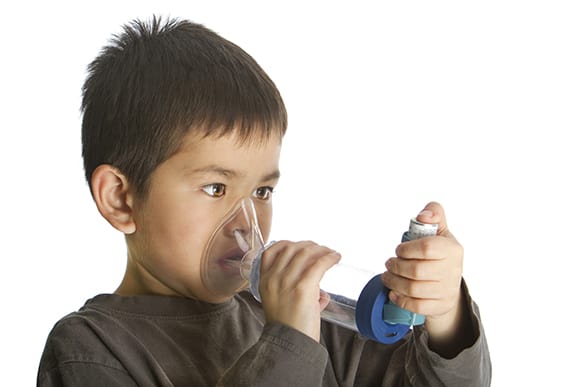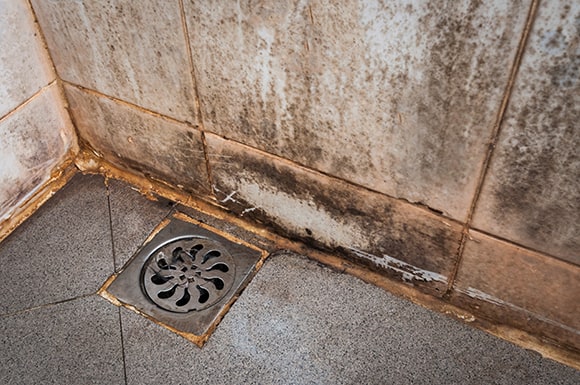
A healthy home is crucial for educational and economic success — unfortunately, many families live in substandard housing, plagued by hazards like mold or chipping lead paint. The national nonprofit Green and Healthy Homes Initiative (GHHI) has helped residents and cities tackle these problems for years by forging strong community partnerships.
By bringing together home health and energy assessors, health care providers, community service organizations and more, the program offers families a holistic solution to fixing the often dangerous issues that persist in their homes.
Recently, PSC senior consultants Shanna Draheim and Amanda Menzies worked with the Michigan Energy Options (MEO) to bring the GHHI to Lansing. Bright Ideas caught up with Draheim and Menzies to talk about the value GHHI brings to the Capital City and what the organization is looking forward to in the new year.
How did the GHHI come to fruition in Lansing?
Draheim: The GHHI approached the Michigan Energy Options and PSC early last year to get the program off the ground in Lansing. So we identified everyone’s roles and divvied up responsibilities, and late last summer, Mayor Virg Bernero signed a compact to formalize it all. PSC’s main role is developing and facilitating partners in the network and locating funders, and MEO leads the management and logistical efforts, like developing the application and home evaluation process and coordinating with the national GHHI program.
Menzies: Lansing was a great candidate for the GHHI. We were able to bring together a network of health care providers, energy-efficiency experts, government agencies and public and private sector workers with a stake in healthy homes. We’ve been able to get great local partners on board, like the Ingham County Health Department, Sparrow Health System, Mid-Michigan Environmental Action Council, and Action of Greater Lansing, to name a few.
What has the Lansing chapter of GHHI accomplished so far?
Draheim: One of the very first steps was to create the partner network, which is made up of almost 25 separate entities. We’re talking about health care organizations, rental property owners, community and public health workers and more. To do this, we had to sit down and create a list of potential organizations whose services we needed; we had to figure out what services could be braided together. When you’re taking on the task of offering something so complete, building a strong foundation of partners is critical to finding the intersections.
Black mold creates unhealthy, unsafe conditions in the home.
Menzies: Another big component was determining where in the city we need to focus our efforts. So that involved looking at data to find out where the program will do the most good — we analyzed average home ages and where the majority of lead poisoning cases have occurred in Lansing.
We settled on the Michigan Avenue corridor and South Lansing as our current focus. Based on the data, that’s where the majority of lead poisoning cases in the area were, and the houses are very old — the majority of them were built before the 1950s, which makes them high risk for containing lead paint and being energy inefficient.
Draheim: MEO also did a lot of work to make sure that the application we are using for GHHI participants incorporated all of the different partner program needs, and is accessible using mobile devices. When you are trying to offer this holistic, one-stop-shop of sorts, you need to make sure the application covers everything so every partner that might service a resident has all the necessary information to help them.
What does the program hope to accomplish in 2015?
Menzies: Within the next two months, national partners are coming to Lansing to train local partners and contractors in preparation of the pilot. After that, we’re moving forward with trying out the program pilot — we’re looking at getting into around 20 homes this year to conduct assessments and implement interventions to address health, safety and energy issues.
What effects do you think the GHHI will have on Lansing residents?
Menzies: Lansing has a population with high levels of poverty and older homes, and local folks were really interested even at the beginning. What the GHHI offers is so much more effective than having a lead inspector come, then a caseworker, or seven different contractors. Consolidating and coordinating those services means better results for people who need them.
Draheim: Imagine you’re a homeowner with an asthmatic child. You suspect you’ve got issues with your home that are making your child’s symptoms worse, so you get a free energy audit from your utility provider. Then you find out you need to insulate your home, so you seal up the house really tight. But it turns out you’ve also got mold, so your child’s asthma problems go through the roof.
That’s why we need to look at this holistically — it increases the efficiency and effectiveness of programs. It saves residents from having to visit countless providers and spend so much time coordinating services when their main goal is just to make their home safe.



